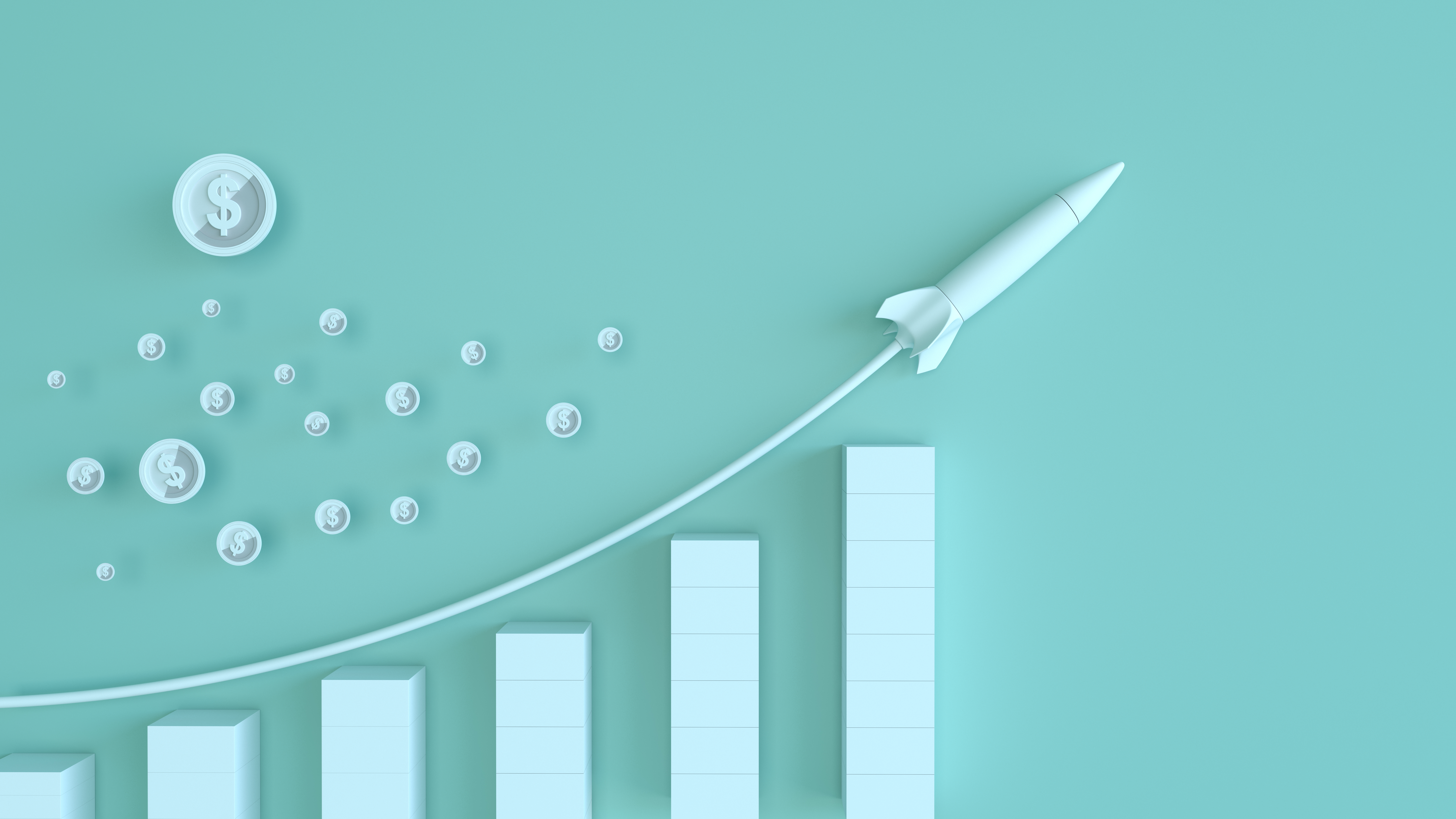
In the grand theater of commerce, where ambition and illusion entwine, Apple has unveiled yet another device to dazzle the masses. The iPhone Air, a sliver of titanium and silicon, arrives with the solemnity of a coronation. Yet, beneath the veneer of innovation lies a question that haunts every investor’s sleep: Is this a triumph of progress, or merely the latest in a long line of gilded distractions? The company’s hardware chief, John Ternus, declared the device “impossibly thin and light,” a phrase that drips with the vanity of engineers who mistake elegance for essence. One might ask, does humanity truly require a phone so slender it might vanish into the ether, or is this but another symptom of a deeper malaise-the compulsion to reduce the world to ever-thinner layers of metal and glass?
For the faithful shareholders, Apple’s fate remains tethered to the iPhone, that alchemical device which transforms silicon into shareholder returns. In the June quarter, revenue from these devices surged 13%, a figure that gleams like gold in the quarterly report. Yet, such growth is a fragile thing, a mirage that evaporates when one peers too closely. The March quarter had shown a paltry 2% increase, and the company’s services segment, though profitable, is but a shadow of the iPhone’s might. The truth is that Apple’s empire rests on a single product, a precarious edifice of code and consumer desire. Investors, like pilgrims at a shrine, pray for another “supercycle,” but history teaches that even the most fervent faith cannot defy entropy.
The Illusion of Momentum
The numbers, as they say, are the numbers. In the June quarter, Apple’s total revenue climbed 10%, and services revenue reached a record. These figures are the lifeblood of the company’s narrative, a tale of perpetual growth in a world that resists it. Yet, let us not mistake arithmetic for arithmetic. The services segment, with its 75.6% gross margin, is a cash cow, but it is also a parasite. Its vitality depends on the installed base of iPhones, a dependency that binds the company to its own creation. More iPhones mean more subscriptions, more ads, more App Store fees. But what happens when the installed base plateaus? When the well runs dry? The answer, perhaps, lies in the trade-in programs-charming alchemists who turn old phones into new customers, if only for a moment.
The platform effect, as it is called, is a marvel of modern capitalism. Apple’s 2.35 billion active devices form an ecosystem so vast it could rival the Roman Empire. Yet, this empire is built on sand. Each upgrade, each new iPhone, is a brick in a house of cards. The company’s leadership, with their visions of “the future,” forget that the future is a fickle thing. The iPhone Air, with its 48-megapixel camera and ProMotion display, is a testament to this folly. What does it mean to have a camera that captures more light than the human eye? Does it bring us closer to truth, or merely to the illusion of it?
The Mirage of Design
Design, they say, is destiny. Apple’s engineers have long believed this, crafting devices that are as much art as they are technology. The iPhone Air, with its 5.6-millimeter frame, is a masterstroke of minimalism. But minimalism, like all ideologies, has its contradictions. The thinner the device, the more fragile it becomes; the lighter the weight, the more it risks being lost in the void. The iPhone 6, with its rounded edges, once promised a revolution in sales. The iPhone 12, with its flat sides, followed suit. Yet, these revolutions are ephemeral, their momentum borrowed from the past. The “supercycle” is a myth, a siren song that lures investors into the sea of speculation.
History, that great teacher, offers no comfort. The iPhone 6’s 52% revenue surge was followed by years of stagnation. The iPhone 12’s 39% growth in fiscal 2021 proved to be a fleeting spark. The market, like the desert, is a place of extremes. It rewards the bold and punishes the complacent, but it is blind to the merits of design. What truly matters is not the shape of a phone, but the value it creates. And here, Apple faces a reckoning. Tariffs gnaw at product margins, and component costs rise like a tide. The company’s valuation, a staggering $3.5 trillion, is a monument to hubris. At 36 times trailing earnings, it is a house of cards built on the assumption that growth is eternal. But growth, like life, is cyclical. The question is whether Apple can survive the inevitable winter.
As the iPhone Air prepares for its debut, the market watches with bated breath. Investors, like gamblers at a roulette wheel, bet on the next big thing. Yet, in this dance of numbers and narratives, one truth remains: the iPhone Air is not a revolution, but an iteration. It is a product of its time, shaped by the same forces that have shaped all things-ambition, greed, and the human desire to believe in miracles. Whether it will sustain Apple’s momentum or hasten its decline is a question only time can answer. But in the grand tapestry of history, even the brightest stars are destined to fade. 🤔
Read More
- Deepfake Drama Alert: Crypto’s New Nemesis Is Your AI Twin! 🧠💸
- Can the Stock Market Defy Logic and Achieve a Third Consecutive 20% Gain?
- Dogecoin’s Big Yawn: Musk’s X Money Launch Leaves Market Unimpressed 🐕💸
- Bitcoin’s Ballet: Will the Bull Pirouette or Stumble? 💃🐂
- SentinelOne’s Sisyphean Siege: A Study in Cybersecurity Hubris
- Binance’s $5M Bounty: Snitch or Be Scammed! 😈💰
- LINK’s Tumble: A Tale of Woe, Wraiths, and Wrapped Assets 🌉💸
- ‘Wake Up Dead Man: A Knives Out Mystery’ Is on Top of Netflix’s Most-Watched Movies of the Week List
- Yearn Finance’s Fourth DeFi Disaster: When Will the Drama End? 💥
- Ethereum’s Fusaka: A Leap into the Abyss of Scaling!
2025-09-10 12:49